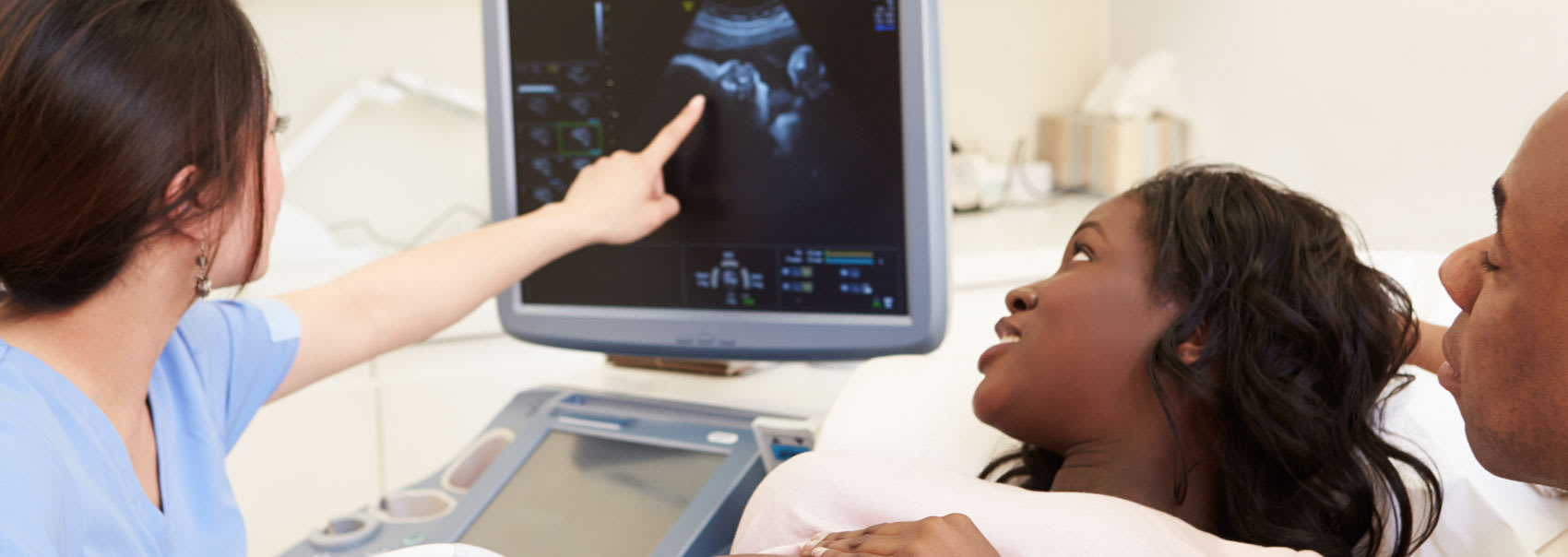We understand that having a mammogram can be a stressful experience. Our team of radiologists and support staff in Ottawa is here to support you through the process.

This non-invasive digital X-Ray procedure plays an essential role in the early detection and screening of breast cancer. It is a potentially life-saving test that most women should have annually starting at the age of 40.
Whether you're scheduling your mammogram for the first time, are coming in for your annual screening, or need to return for a follow-up exam, you may be feeling many emotions about your upcoming appointment: nervousness, anxiety, and ambivalence are all common - and normal.
Whatever your feelings regarding your mammogram appointment, our team of expert radiologists and support staff at Premier Imaging is here to guide you through the process, and to help you feel comfortable, safe, and at ease.
A specially designed X-Ray machine uses low-energy radiation to capture a digital image with a high-resolution camera to detect any masses or abnormalities such as lumps before they could be found with a physical examination, and while cancer can still be treated effectively in its early stages.
Our commitment to outstanding patient care extends beyond ensuring you receive your results on a timely basis. We look forward to working with you and your healthcare team for all your imaging needs.
Here is what you can expect during each phase of the mammogram process, along with details on what to bring with you to your appointment at our clinic.
Please arrive 15 minutes prior to your appointment to register. Please refrain from wearing any powders, deodorants, or perfumes from your axilla (armpit) to underneath both breasts.
If you’ve had previous mammograms, please obtain the location and date of your most recent study. To further expedite the reporting process, you may bring a copy of your images to us on the day of your appointment. Premier Imaging will request the films on your behalf if you are unable to obtain a copy.
One breast at a time will be placed between two plates attached to the X-Ray machine. The trained technologist will then position the plates to gradually compress breast tissue. This gradual compression ensures the best quality images are captured.
Two images are taken of each breast, once they are positioned; one is captured from top to bottom, while the second is taken from side to side. A mammogram typically takes about 20 minutes.
After the mammogram is complete, you may notice your breasts feel tender temporarily. However, you will be able to return to your normal activities immediately following your appointment.
Once the radiologist interprets the images from your exam, results will be shared with your referring doctor.
We recommend scheduling a follow-up appointment with your doctor to discuss the results, and to ensure any questions or concerns you may have are addressed.
Read the answers to our most frequently asked questions about mammography at Premier Imaging.
Most women should have mammograms annually starting at age 40. While new research is continually being published and everyone will have varying risk factors, we do know that breast cancer can develop in even healthy young women.
Annual mammograms remain the best method of prevention and early detection of the disease.
While you may feel some discomfort due to the pressure applied to the plastic imaging plates, the procedure should not be painful.
Applying the pressure spreads out the tissue, which is necessary to capture a clear image. The more pressure applied to the plates, the less radiation will be needed to take a good image.
Because the radiation is low-energy, your breasts will be exposed to only small amounts of radiation. Modern machines use these low doses of radiation to capture high-quality images.
Plus, the benefits of mammography outweigh any potential harm due to radiation exposure. If there is any chance that you may be pregnant, notify your health care provider and the X-Ray technologist at our mammogram imaging center.
Though any risk to the fetus is very small and mammograms are generally safe for pregnant women, screening mammograms aren't typically done for pregnant women who are not at increased risk for breast cancer.
If the results of your mammogram indicate suspicious findings, they may be benign, meaning they can potentially be caused by cysts or dense breast tissue.
In this case, your doctor will follow up with you regarding the next steps, depending on the issue.
We're proud to be accredited by the following organizations:



We'll collaborate with your healthcare team to create a streamlined imaging and diagnostics process. Find out how we can help.